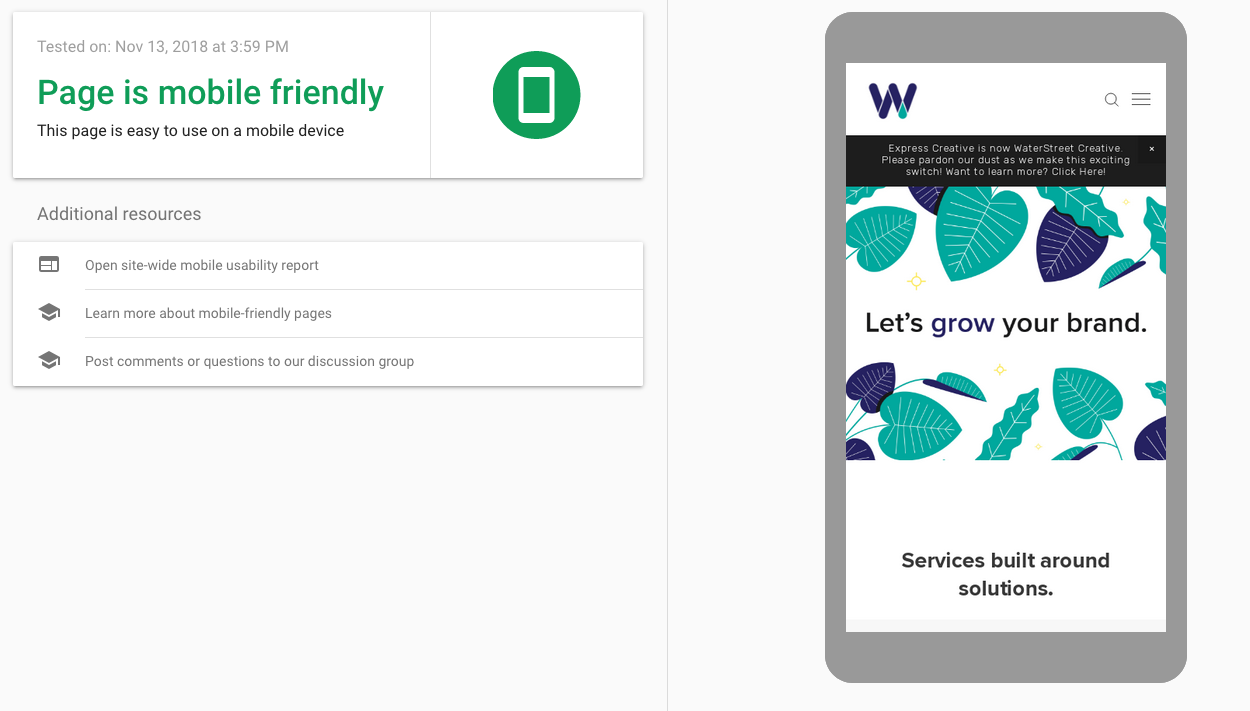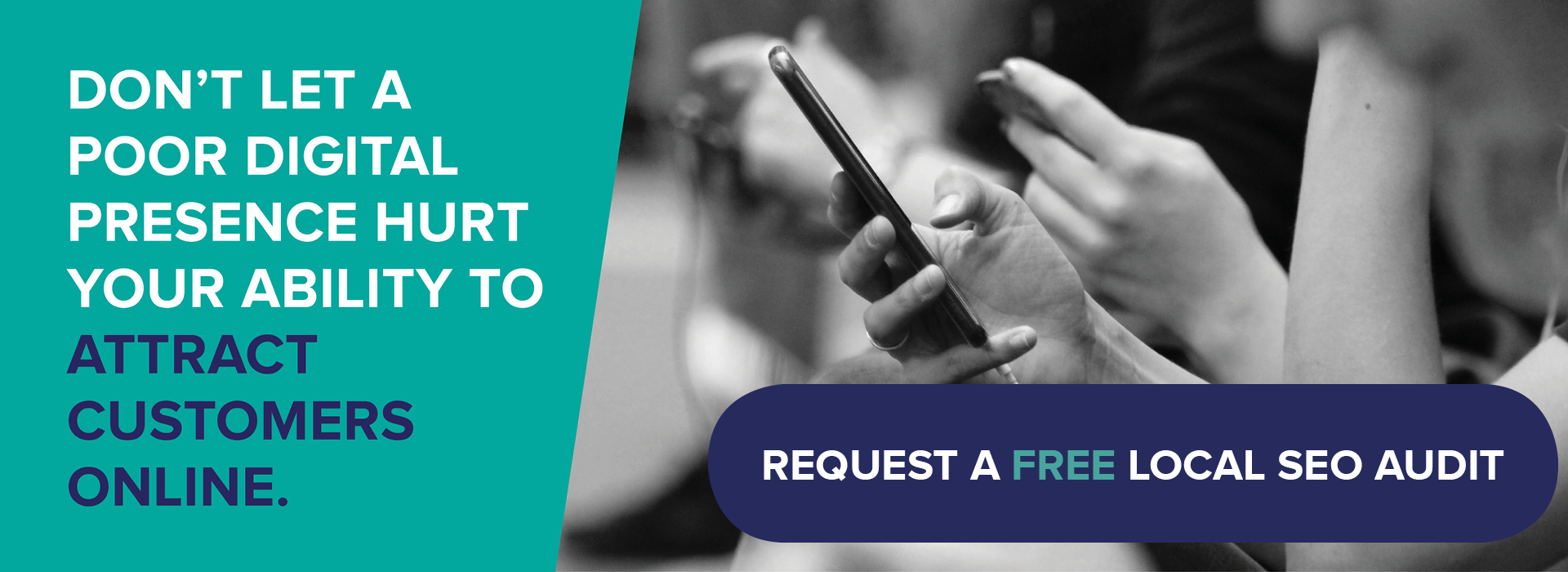When potential customers are looking for your business online, what impression do they get?
This is always the first question we pose with new potential local SEO clients. And the resulting set of responses we get ranges from “I have no idea” to “It’s something we’re working on” and “We could do more.”
It may surprise you, but getting a sense of that first impression is as simple as putting yourself in the shoes of a potential customer and running a few Google searches for your business’ name and the key words that are important for your business (Ex. “hvac repair west allis,” “burger restaurant cudahy”). Hopefully you rank #1 for your name. If you don’t rank in some or all of your keywords, that’s okay. Your efforts to put yourself “on the map” today will boost your rankings over time and eventually move you higher on the search engine results page (SERP).
There’s some simple math involved here. As you move higher up the search results pages, your business will be exposed to a growing number of searchers. That means more potential customers will be able to find you to start a relationship with your business. Then the content of your website has to do the job of converting potential customers into actual customers.
The Good News About Local SEO
The good news is that local SEO isn’t some mysterious concept. It takes time and resources to get set up and monitor rankings but it’s not an impossible process to undertake.
As a local business owner, there are a few simple steps to take to make sure you are “on the map.” We’ve compiled a checklist of the first five things every local business should do to get started in their local SEO efforts:
1. Think Like a Potential Customer and Visit Your Website
Think about the types of information someone would want to get on their initial visit to your website: phone number, address, hours, prices, etc. If a visitor is looking for specific information about your business but can’t find it on your website, that’s a big problem. If a visitor comes to your site via search, but doesn’t find what they are looking for and quickly clicks the “back” button on their browser, the search engine devalues your site in comparison to the others in that specific search.
2. Claim Your Google My Business Profile
Google introduced Google My Business as a way of organizing and indexing all types of businesses and institutions for search results, Google Maps results and more. If you’ve ever conducted a Google search for a local business from a desktop computer, you’ve probably seen an active GMB profile in the right column on the SERP. It lists basic business information like name, address, phone number, customer review data and more.
You should have one GMB listing per physical location or forward-facing office. Each listing should have a unique phone number. Your GMB listing can be claimed here.
Note: Once you set up a GMB profile, you can be automatically notified when a customer leaves a Google Review on your business.

3. Start Tracking Your Business’ Website with Google’s Search Console
Google Search Console is a free web service provided by Google that allows webmasters to check the indexing status of a website and optimize the visibility of that site.
Once you start tracking data in the Search Console, you’ll be more able to identify trends and, more importantly, see potential issues that could negatively impact your website’s performance. For example, the service automatically identifies mobile usability issues within pages and broken links within your site. Pages that are not mobile-friendly or broken create a bad user experience and should be fixed.

Taking the next step: While you’re setting up a Search Console account, you should also set up a Google Analytics account to start tracking general website traffic data.
4. Seek Citations
According to Moz.com, “A local citation is any online mention of the name, address and phone number for a local business.”
Google My Business is one example of a local citation but there are countless others that could be a part of your local SEO strategy. For example, you may seek to get listed in many of the prominent business directories like Yelp, Angie’s List, Merchant Circle and more depending on your industry. Search engines put value towards sites that have a high number of links coming into them from external sources. Building a robust combination of citations is a relatively low effort strategy to building external links.
5. Take Online Customer Reviews Seriously
According to a report by BrightLocal, 85% of consumers trust online reviews as much as personal recommendations. In another survey, they found that 23% of SERP clicks were influenced by visible review numbers and ratings.
Think of it this way: You are looking for a plumber in your area, so you search for the phrase “plumbers in Milwaukee.” The first result has a Google Review rating of 4.9 out of 5 stars with 25 reviews while the second one listed has a rating of 3.2 out of 5 stars with 25 reviews. Which business are you likely to choose?
Getting Started
Your business’ road to better rankings in local search results starts today. If you’re looking for help along the way, we’d love to be involved. Call 414-292-3844 or send us an email at info@waterstreetcreative.com to get started.








